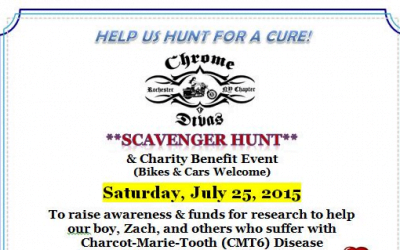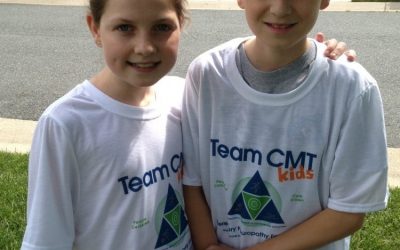Do you have a rare form of CMT?
We were contacted recently from a patient with CMT2D who was looking for advice on how to make a difference. Our recommendations for all people with an ultra-rare form of CMT who want to get involved:
1) Join the global registries for inherited neuropathies (GRIN).
2) Join the Inspire Community at: Charcot-Marie-Tooth (CMT) Support Community – Inspire.
3) Create a Facebook page specifically for CMT2D or your form of CMT and encourage all patients that find you to join the GRIN.
4) Go www.pubmed.com and do a search on CMT2D or your form of CMT and to learn where your form of CMT is being worked on. Reach out to the authors of research papers (an email address should be included at the bottom of the abstract).
5) Email every scientist in the world working on your form of CMT and ask if they need a skin biopsy from patients to advance research. Hopefully, your local university has success in growing out skin fibroblast cell lines following punch biopsies. They would grow out a large number of skin fibroblast cells that they would freeze into 10 separate vials. You could then have a vial shipped to 10 different labs studying your form of CMT. They would ship overnight, on dry ice. HNF can help with this process if cells are needed by researchers.
Initially, the most important thing is to find other patients with your form of CMT and ask if they too will have skin biopsies performed. If you are able to fundraise, you can earmark the funds for your type of CMT, through the Hereditary Neuropathy Foundation. We can help identify what the status of the field is for your form of CMT, and help prioritize research initiatives that need funding.
With over 80 different CMT causal genes now identified, patients must become active and helping to drive research. Except for CMT1A, CMT2A and CMTX, all other forms are considered ultra-rare, meaning less than 600 Americans are impacted.
Rare forms of CMT must unite in order to help fund, and drive research, to advance to the point where a pharmaceutical company may be interested in further investing in an ultra-rare CMT. Seed funding is needed for basic research until a discovery is made that peeks the interest of industry. TOGETHER, we will make a difference for ALL forms of CMT!





0 Comments